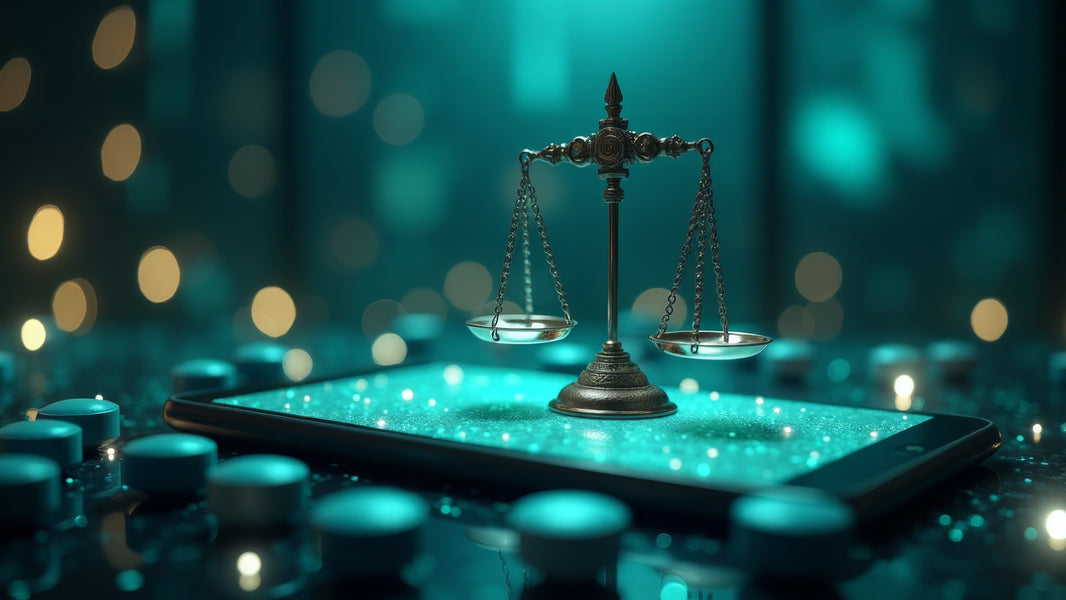In the race to unlock AI’s creative potential, one of the biggest questions we face isn’t how to use it, but who owns what it creates.
As a tech founder and lifelong musician, I live in both worlds: I believe deeply in AI’s ability to enhance human creativity. But I also know what it means to spend hours, days, or years crafting something original - only to wonder if a machine might one day remix it without credit, consent, or compensation.
That tension is at the heart of the growing debate around AI and intellectual property (IP).
Governments, artists, and tech leaders around the world are waking up to the challenges. In the UK, music legends like Elton John have publicly called for a rethink of copyright law to protect creators from AI scraping and mimicry. In the U.S., lawsuits are mounting from authors, visual artists, and news outlets who say their work is being used to train AI systems without permission.
And for businesses, the stakes are just as real. What happens when your proprietary training data, branding, or marketing content gets pulled into a model’s knowledge base? What if an AI-generated image looks suspiciously like your logo - or your product?
There are two major IP flashpoints with AI:
-
Training Data: Most large models are trained on vast datasets pulled from the internet. But much of that data—including books, art, code, music, and more—is under copyright. If AI learns from copyrighted material, does that violate the creator’s rights? Courts haven’t decided.
-
Generated Content: When an AI generates a new image, song, or block of code, who owns it? Can you copyright something made by a machine? (Right now in the U.S., the answer is generally “no”—which opens up a host of downstream questions.)
At BlueSkyAI, we work with small to mid-sized businesses every day, helping them apply AI in ways that are creative, ethical, and sustainable. And here’s what you need to know right now:
-
Be aware of your sources: Not all AI tools disclose their training data or licensing. We help clients evaluate models with transparency and control in mind.
-
Protect your content: If you’re creating original media - text, images, videos - consider watermarking, registering copyrights, or using tools that limit AI scraping.
-
Use with care: If you’re generating content with AI, make sure your contracts, branding guidelines, and public messaging account for ownership and attribution.
-
Stay flexible: This is a moving target. New rulings, new policies, and new models are coming fast. We stay on top of the space so our clients don’t have to.
Ultimately, we need new frameworks - ones that balance innovation with integrity. Creators deserve credit. Businesses deserve protection. And AI developers need clear rules for building the next wave of powerful, responsible tools.
This won’t be solved overnight. But if you’re building a brand, making content, or using AI in your workflow, it’s a conversation worth joining now.
As with most things in AI, the right answer won’t be black or white. It’ll be a blend of human insight, technological progress - and a lot of thoughtful debate in between.
Want to talk through how this affects your business? Drop me a message or reach out to the team at BlueSkyAI. We’re here to help you innovate - with confidence.








